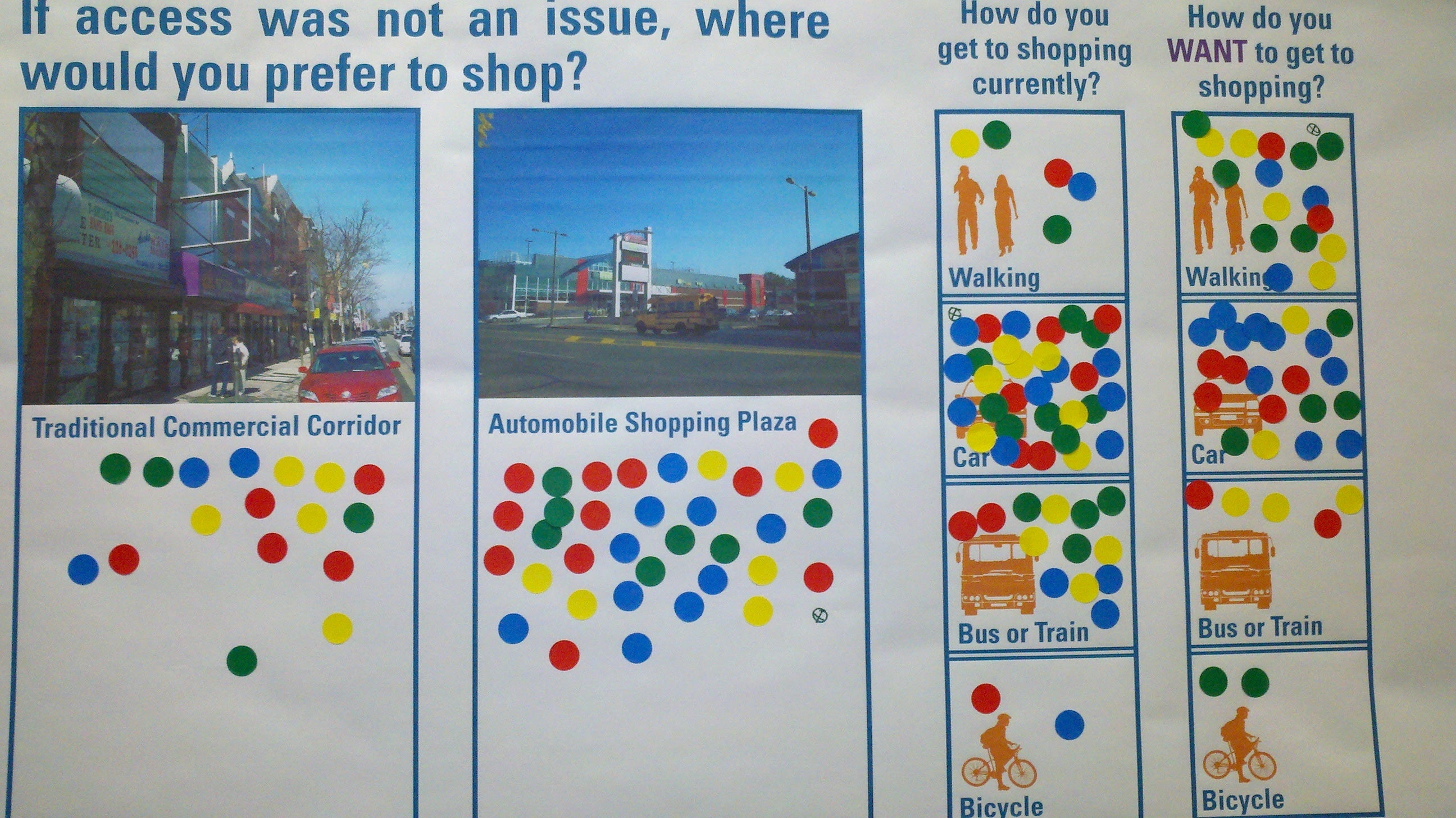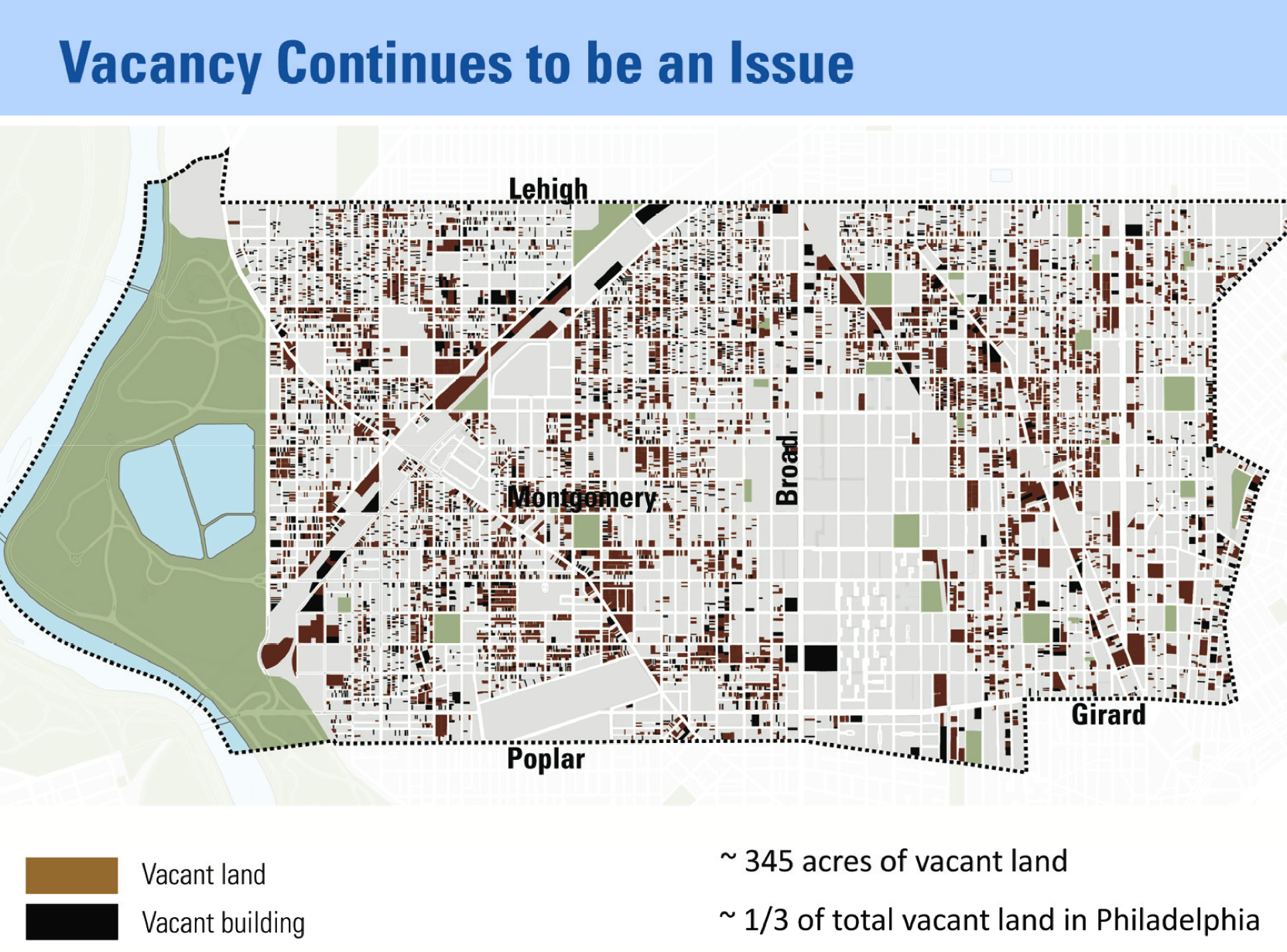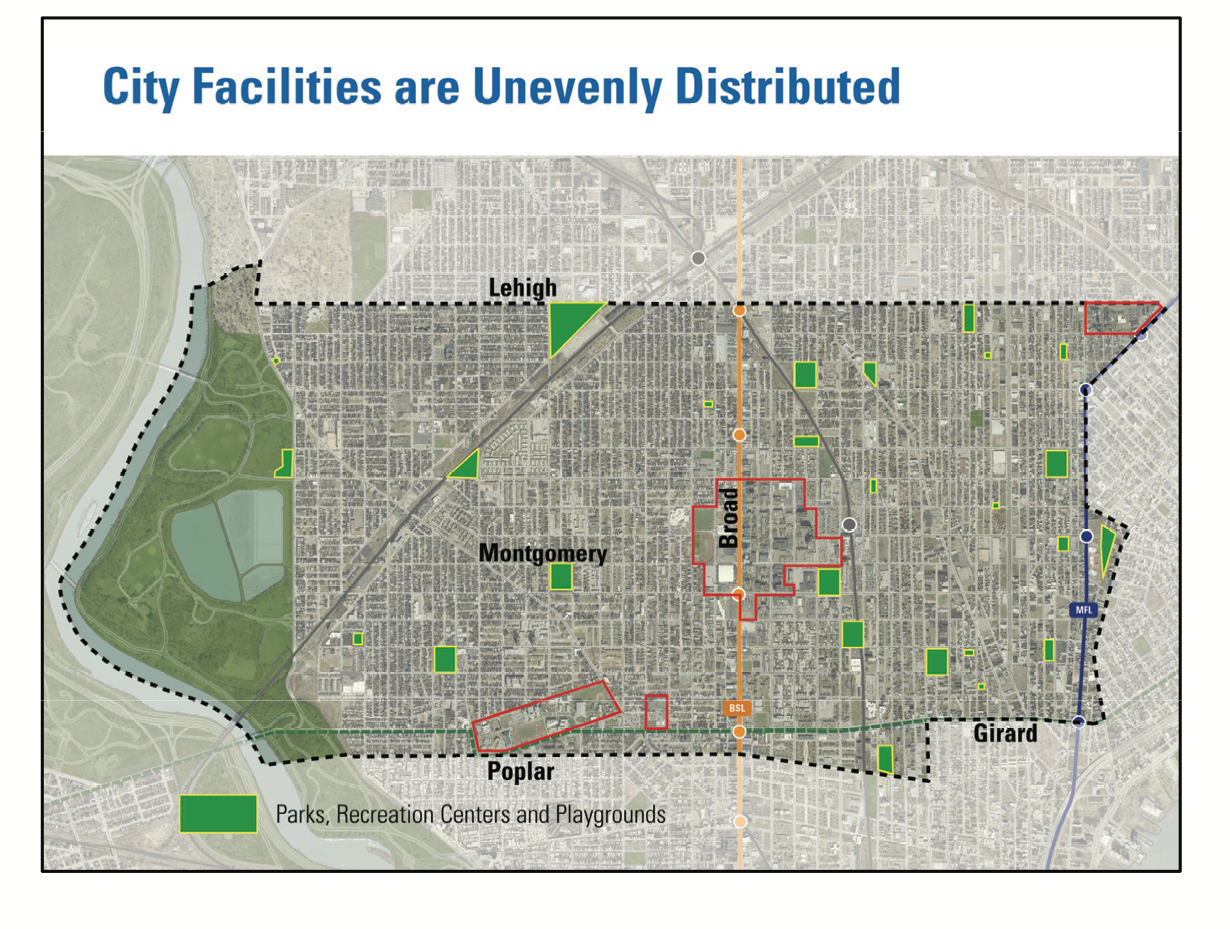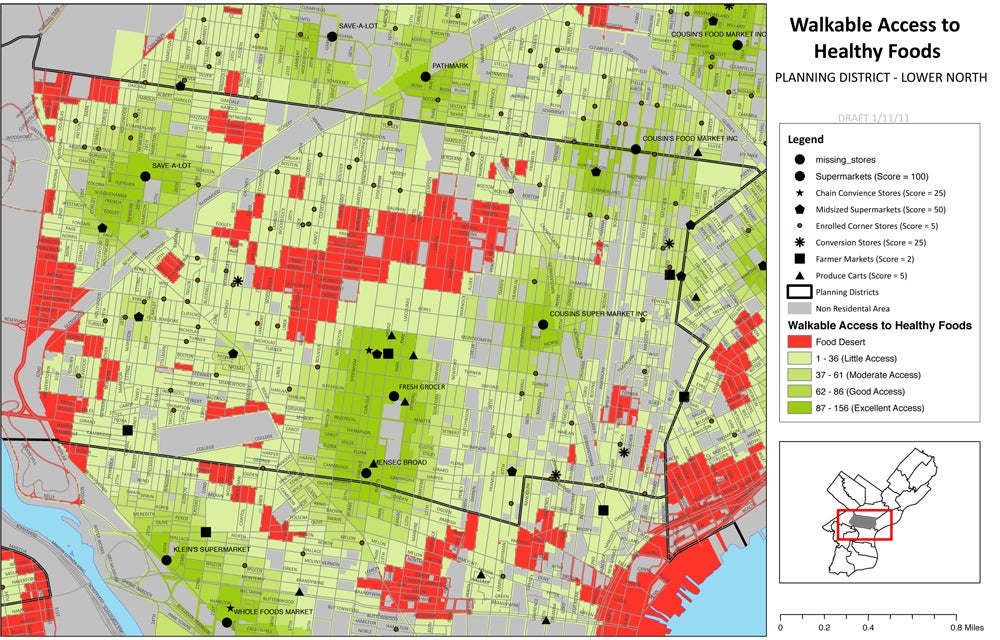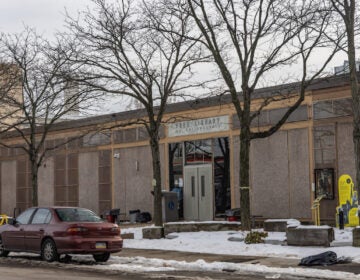Lower North residents want safety, code enforcement and more community-oriented business
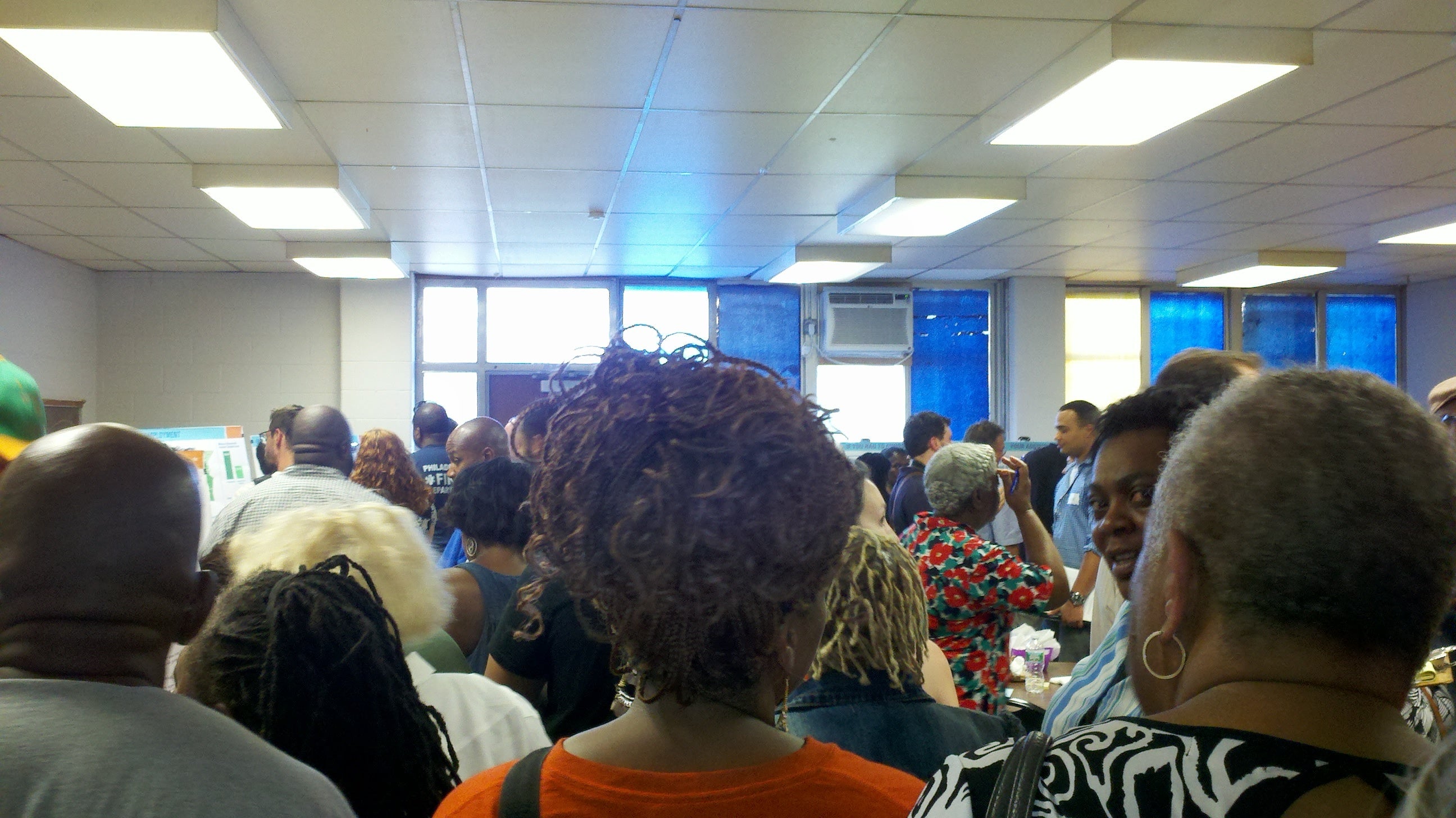
The beautiful staircase, hardwood floors, porch and lawn big enough for plenty of flowers made Robin Aluko fall in love with the Strawberry Mansion home she bought in 2008.
Near her customer relations work in Center City? Check. Near public transit? Check. Near her parents? Churches? A hospital? Check, check and check.
Aluko wants to stay put, and then one day pass her home on to her kids. But she isn’t certain that will happen.
She worries about crime, and the blight and trash and abandonment she sees when she leaves her street. “Some places look real good, and then you’ll walk and you’ll see just one house on an entire street,” she said.
“I’ve rolled the dice,” she said. Either conditions will improve, and she’ll have something wonderful to leave her kids, she said, or things will get worse, and she’ll leave, with less money than she invested in the house.
Hoping to help tip the scales toward the better option, Aluko joined many residents of Strawberry Mansion and other Lower North Philadelphia neighborhoods – North Philadelphia, North Central, Norris Square, Olde Kensington, South Kensington, West Kensington, Yorktown, Ludlow, Brewerytown, Green Hills, Cecil B Moore and Sharswood – at a district comprehensive planning meeting held at the Martin Luther King Rec Center Tuesday night.
The Lower North District Plan follows five district-level comprehensive plans already adopted, but Philadelphia City Planning Commission staff and commissioners say this plan will require tougher decisions than its predecessors. This is especially true because of the high residential and commercial vacancy rate, brought about by a sharp decline in population since the 1950s, said city planner and Lower North plan manager David Fecteau.
There are about 4,000 vacant buildings, 80 percent of which were once residential or partly residential. There are 10,600 vacant lots, 40 percent of which are owned by the city or city-related agencies.
With this much vacancy, Fecteau said Tuesday, the long-term plan has to be shrinking the inhabited parts of the neighborhoods, so they are smaller, but better. This could include stabilizing abandoned blocks by leasing vacant land or properties to farmers, to neighbors for side yards or community space, or other uses. It does mean concentrating public investment in areas where it will make the most difference and are the most important to residents, he said. Which is why Tuesday’s meeting was the first in a series designed to find out what community residents want.
It didn’t go exactly as planned.
The open-house style meeting went from 6:30 to 8:30 p.m., and by about 6:35, a line of residents snaked out the door of the classroom-sized room, which was uncomfortably warm. About 100 people signed in, but it seemed more were there. Some left without signing in or giving feedback.
Easels were set up around the perimeter of the room, with a planner stationed at each one. Some presented information, others asked questions. The idea, said planner Clint Randall, was that residents already know what’s happening in their neighborhood. So rather than have a presentation on current conditions, residents were able to talk one-on-one with planners and provide feedback in the first round of meetings.
Planning had reserved a large room, in which Randall said this would have worked well. But the small room made the format difficult.
To Gail Loney, a block captain, and her neighbor Geraldine Bolden, it felt like the planning commission underestimated their community, and the number of people who would turn out to talk about its future. It felt like a slight, Loney said.
Several residents told PlanPhilly they anticipated hearing the PCPC’s ideas for their neighborhood, and then giving feedback on those ideas.
Planners said they wanted to get feedback from residents at the Tuesday session and another coming up July 30th before crafting any proposals. But at the next round of meetings in the fall, ideas will be shared with residents, and feedback on those ideas taken and used to create the final draft, Fecteau said.
Judging by feedback left on the boards, most residents think that the best location to build new or restore existing homes is close to other residences that are already in use, but parks and recreation space and near transit got some votes.
When it’s not possible to rebuild or build new homes, residents said they’d most like to see the land used as community/open space and community gardens.
The single most popular shopping location for district residents seems to be Progress Plaza, which they drive to, and they said preferred driving to shopping plazas to taking transit or shopping in traditional commercial corridors.
Planning consultant Danielle DiLeo Kim said she was surprised by the “real negative reaction” against traditional commercial corridors, which participants told her were “not well-kept and dirty.”
Planning Commission Executive Director Gary Jastrzab said this doesn’t mean the city won’t be investing in commercial corridors. Before making any decisions, he and other planners said, they need to talk more to residents to find out why they prefer shopping plazas.
One comment left on a board with a sticky note gives a reason: Safety issues at the corner stores make driving elsewhere the best option.
Aluko said there is a strong commercial corridor near her on 22nd Street, but it doesn’t nearly cover all the residents’ needs. “There are four or five different hair salons,” she said. There’s a small store that sells “low-cost, high-fat, high-sodium food,” but there is no where to get healthy groceries. A gym, a doctor’s office, a clothing store – all would be welcome, she said; if her needs could be met on a nearby corridor, she’d love to walk to shop.
PlanPhilly did in-depth interviews with several residents on their concerns about the Lower North District and what they think should be done to improve it. The videos are posted with this story.
Common themes: Vacant lots need to be cleaned up. Vacant homes and lots should be sold to neighborhood residents or to the larger community, for use as community space or gardens. There aren’t enough businesses in the neighborhood that serve residents’ needs. Development centered around Temple University doesn’t necessarily help the neighborhoods. There are also concerns about the city’s Actual Value Initiative, and what it will do to tax bills.
Neighbors are worried about taxes going up, Loney said. “What are we going to get for our tax dollars? You have all these developers with 10-year tax abatements … who really is paying all the taxes for the city?” she asked.
Meanwhile, she said, the school district is closing schools in the area – a step it says it has taken for financial and decreasing population reasons. “Kids are having to go further away from their homes to go to school,” Loney said.
Loney said absentee landlords have become a problem – they live elsewhere, and convert homes in her neighborhood to boarding houses.
Bolden, who has lived in her home for decades, said the home next to hers is a small, single family residence, but it has been divided, and three families are living there.
Loney calls 311 on a regular basis to have lots cleaned. She also has been calling the city in hopes of having a vacant lot in her neighborhood turned into a sprinkle park. But her neighborhood’s needs are more basic than that:
“We need a fire hydrant,” she said. “We don’t even have a fire hydrant on our block. I mean, what is that about?”
Eric Mason lives and works in North Philadelphia – he’s Senior Pastor of Epiphany Fellowship Church. “I pray these blocks and I walk these blocks,” he said.
The neighborhoods need more businesses that are owned by people who live in North Philadelphia, so the money made stays in the community, he said. “The neighborhood has tons of off-the-books economy, but we need more legitimate, on-the books economy that is neighborhood-based,” Mason said.
When asked what kinds of business the community needs, Mason rattled off a list: Healthier food choices. More banks that can provide financial-planning assistance to residents and get them thinking long-term, fewer check-cashing places.
He agrees with planners that some areas should be used for something other than homes or businesses – he loves the idea of farms, gardens, and even roof-top gardens on occupied buildings.
But Mason also sees areas that he believes could be successfully re-developed or re-inhabited.
There is a strip “on Susquehanna between 17th and 16th where the whole block is almost bombed out that’s a phenomenal investment opportunity,” he said. It’s close to Temple, and residential neighborhoods, he said.
Mason said he sees more vacant homes than vacant businesses. He thinks the city should offer incentives for families, young professionals, and singles to buy those homes and invest in them and the community.
The next open-house style information/public input session is scheduled from 6:30 to 8:30 p.m. July 30 at Cruz Rec Center, 6th and Master streets. Fecteau said planners will work to ensure adequate space. A third session may also be added due to demand, he said.
WHYY is your source for fact-based, in-depth journalism and information. As a nonprofit organization, we rely on financial support from readers like you. Please give today.



